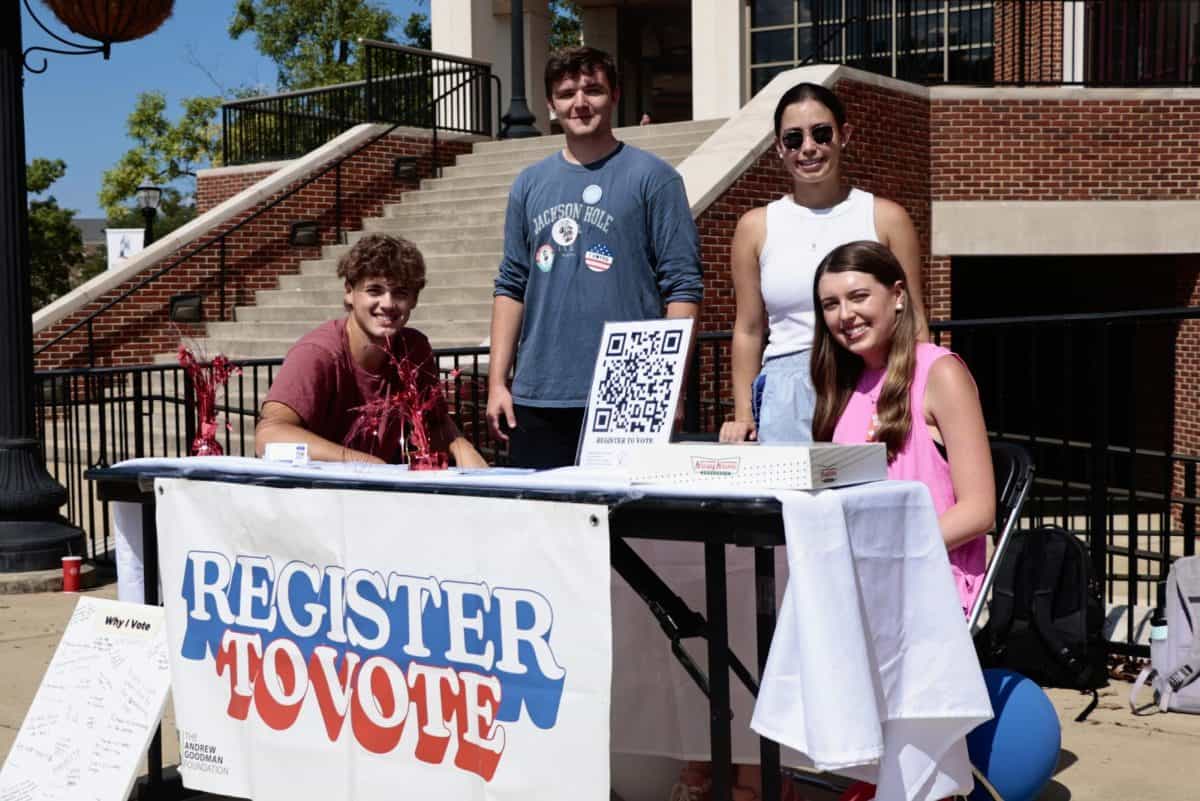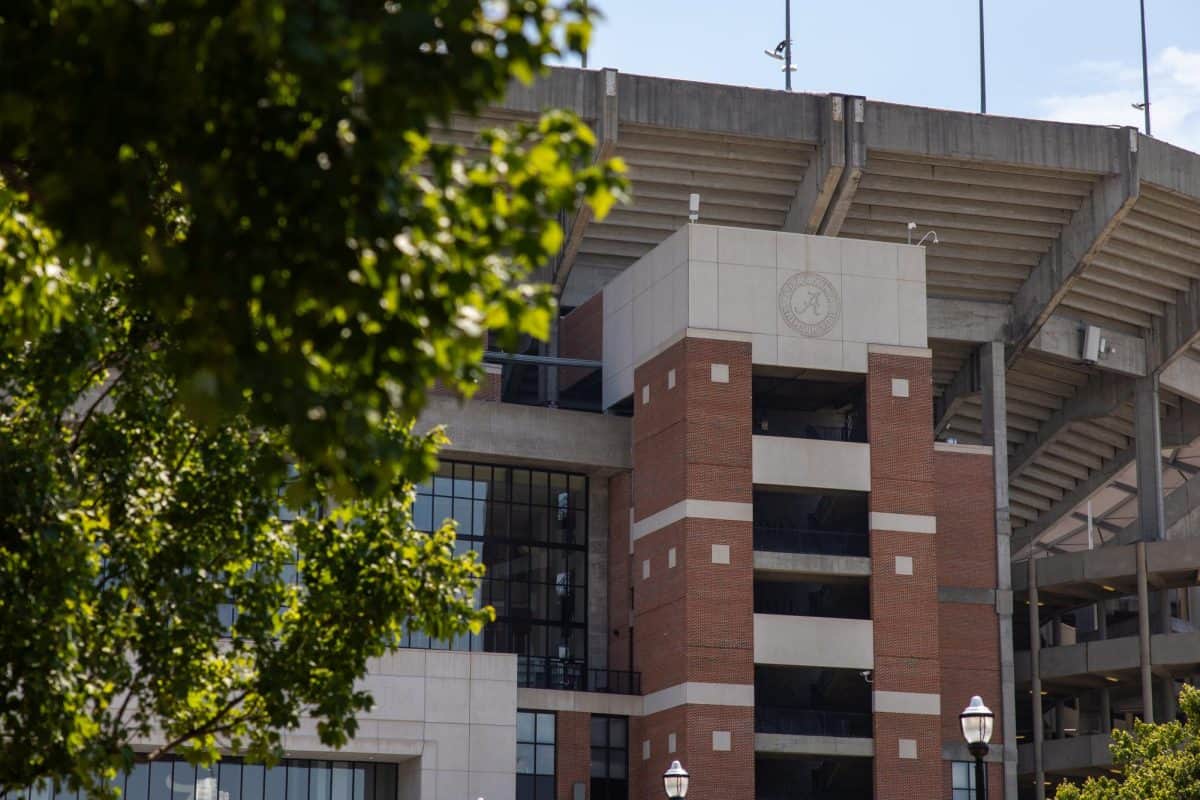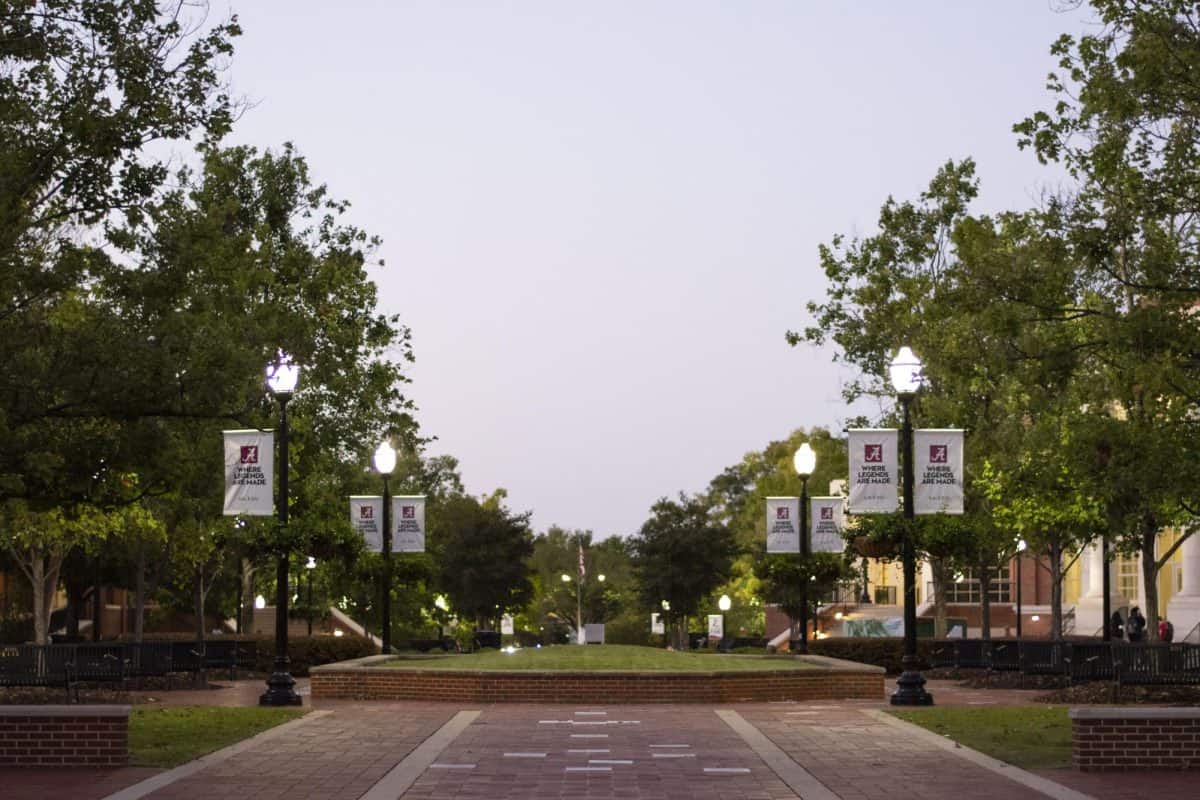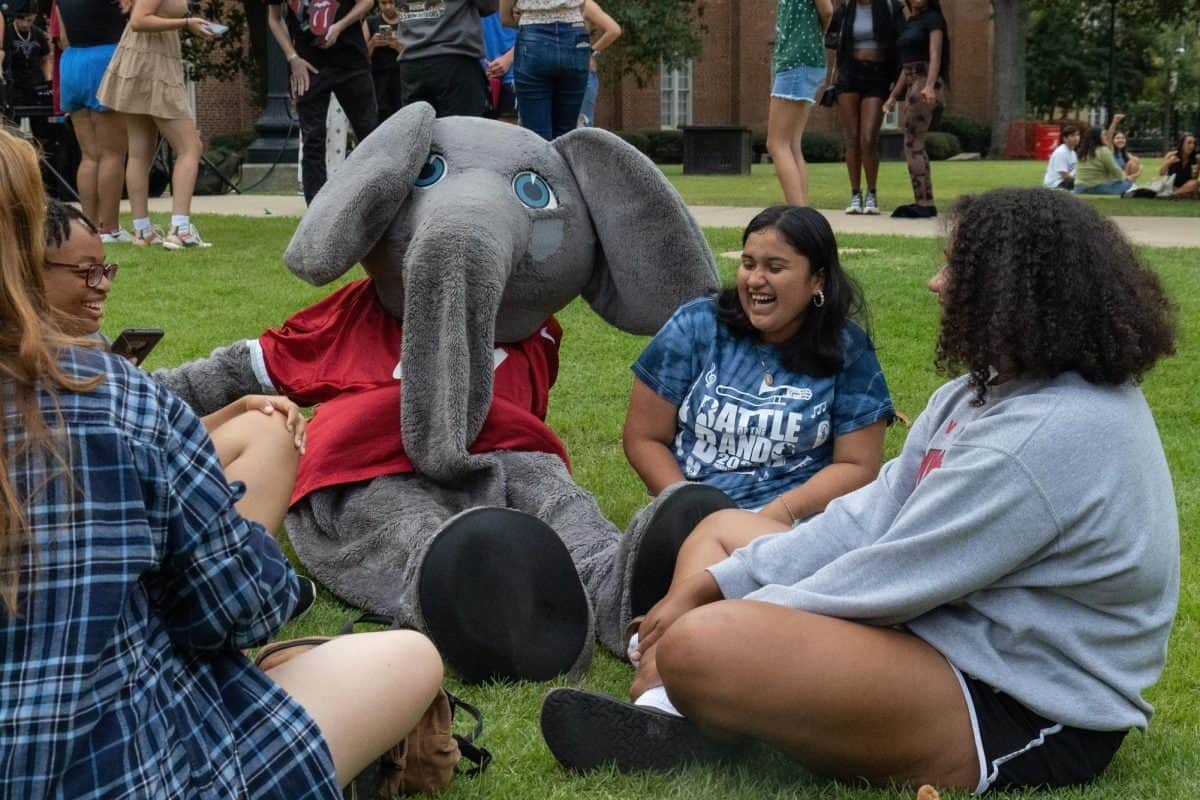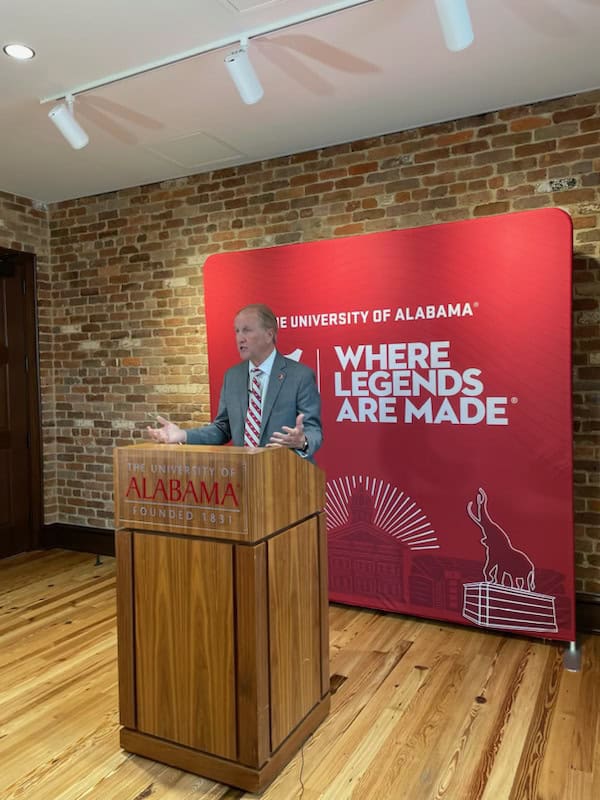The University of Alabama SGA was founded in 1914. The organization claims 112 presidents over its 109-year history. So why is this year’s Senate referred to as the “28th Senate”?
The answer lies in events that took place 30 years ago: the only time in the University’s history that the administration shut down SGA, a shutdown that lasted from spring 1993 to fall 1996.
The following information was gathered from issues of The Crimson White printed during that period.
Feb. 2, 1993: Minda Riley attacked
The reason for the shutdown, according to then-UA President Roger Sayers, was to increase diversity for the SGA and ensure that the association was “fair, free and open.”
However, the direct cause, as the president stated, was the assault on independent SGA presidential candidate Minda Riley in her home during February 1993.
The assailant entered through her front door while she was home alone. Riley, daughter of future Alabama Gov. Bob Riley, reported that the man, who she claimed was white, said “You f— with the wrong people, you get f—–” before beating her. The candidate suffered a stab wound, a busted lip and bruises.
Riley blamed the Machine, a select coalition of traditionally white fraternities and sororities designed to influence campus policies, for the attack.
Feb. 3, 1993: Sayers suspends the SGA
- Norman Baldwin, a now-retired professor who taught at the University 30 years ago, said the University’s move to suspend the SGA was courageous
“Student government was out of control,” Baldwin said, adding that the administration’s implication was, “If you can’t behave responsibly, then we’ll just do away with student government.”
The Coordinating Council for Student Organizations, a body that managed all campus organizations at that time, assumed SGA responsibilities during the suspension. The Council of Presidents, a subdivision of the CCSO, was charged with disbursing funds to student organizations.
The COP consisted of 15 members, including presidents from various student organizations such as the Interfraternity Council, Gay/Lesbian/Bisexual Alliance and African American Association.
March 1994: Constitutional convention formed
After a failed referendum in September 1993 that would have restructured the SGA, students and administrators began to look at other options.
Almost half a year later, in March 1994, students formed a constitutional convention of over 200 delegates with Baldwin as its adviser. This unofficial organization dedicated itself to drafting a new constitution for the SGA, reinstating student government at the University and adding diversity to the organization.
There was tension throughout the proceedings.
“There was one night the independents got up and walked out of the convention. … I thought it was terrific that they exercised their power that way,” Baldwin said.
Despite this, Baldwin said that it “was all pretty polite and reasonable.”
The convention’s constitution sought to democratize the new government by adding positions to the executive branch, something that Baldwin said would have given “more opportunities for independents to win those positions.”
After a long process, on March 7, 1995 the convention submitted its draft to the Student Life Committee and other committees for review.
In the meantime, students debated the idea of reinstating the SGA. For some, its return would mean the return of Machine control; for others, it was a necessary component of campus life that would ensure student representation and prepare future leaders for government.
November 1995: Student Life Committee finishes review
Among the recommendations the committee made was a requirement for election candidates to report their weekly campaign spending rather than their whole budget in order to increase accountability in the new SGA. The final constitution included this change.
After further review by the director for academic affairs, the convention’s draft was eventually put to a referendum produced by the Elections Board. This referendum required at least 25% of the student body to vote on the reestablishment of the SGA.
On March 21, 1996, it was announced that the convention’s constitution had passed with 30% of the student population voting and 82% of voters in favor of adopting the document. The temporary powers of the Council of Presidents and CCSO were phased out, and students once again had an SGA.
The current Senate is the 28th since the shutdown.
Legacy of the shutdown
The shutdown continues to inspire a variety of reactions and opinions among those interested in SGA history.
John Hammontree, a producer on the popular podcast about the Machine called “Greek Gods,” cited the shutdown as a historical delineation in the tactics used by the secret organization.
“You don’t really hear about any major violence that was perpetrated by the Machine after that shutdown period, so maybe the shutdown was a wakeup call. Like, ‘Hey, we can’t do this stuff anymore,’” Hammontree said.
Still others interested in the University’s history see corruption before and after the shutdown.
“There is evidence of unethical behavior conducted by members of the Machine … before and after the shutdown,” said Becky Beamer, director of the 2022 documentary “Machine: Vivat Apparatus.”
“For significant change to happen, the most important thing is for individuals to speak up and ask questions related to the transparency of institutions and for every person to exercise their right to vote,” Beamer said.



